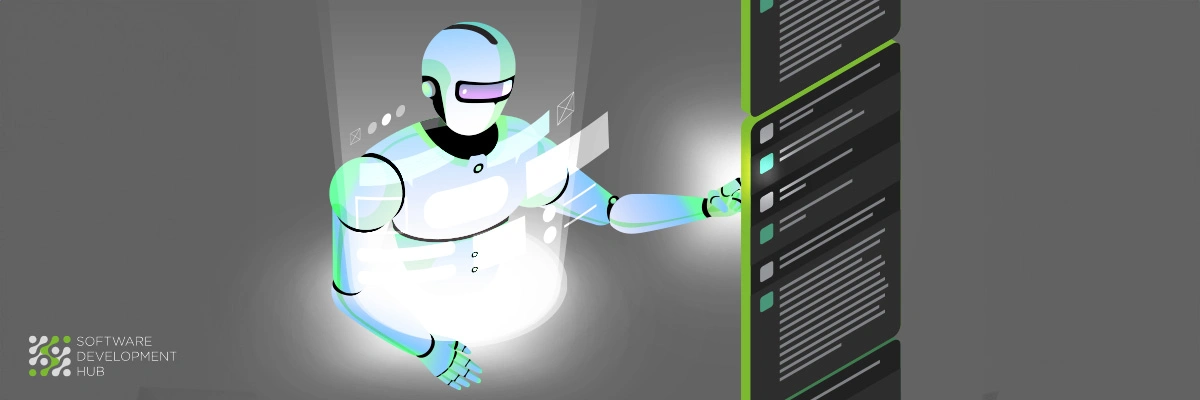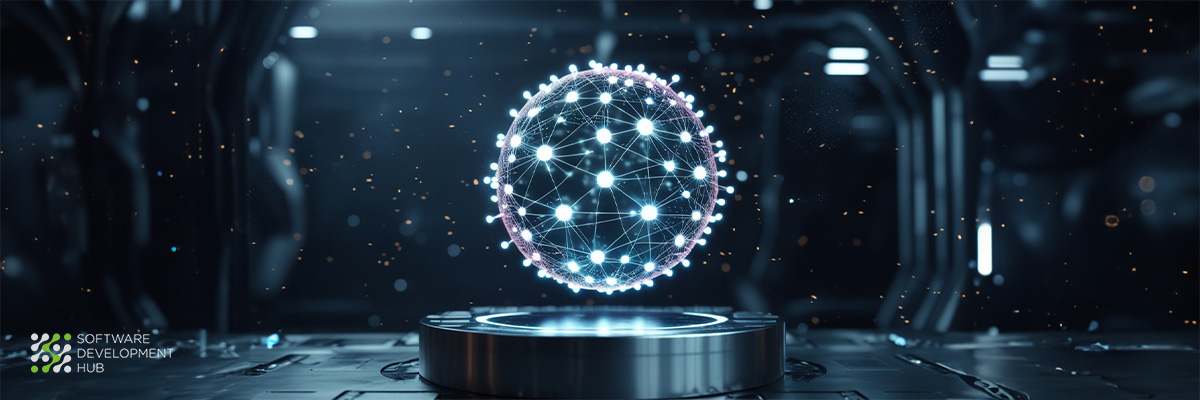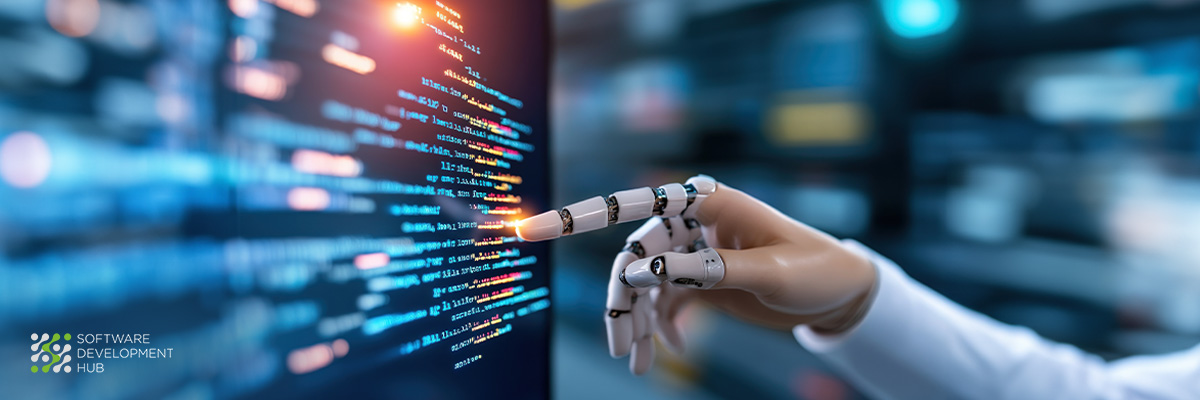Multi-Agent Systems: The Future of Collaborative AI
In today's fast-paced tech world, AI keeps pushing boundaries. One such innovation is Multi-Agent Systems (MAS). Most AI solutions use a single, centralized system. But MAS takes a decentralized approach. Here, multiple intelligent agents work together and communicate. This collaboration helps systems solve problems better. They can also adapt to changing conditions and scale across many applications.
The power of multi-agent systems (MAS) is in their ability to copy real-world situations. In these systems, many different parts, like people, groups, or other systems, work together to reach common or related goals. MAS use advanced AI skills like ways to communicate, learn and make decisions. This helps them work well in areas that need flexibility, strength, and the ability to do many things at once. From organizing complex supply chains to guiding self-driving vehicles, MAS are not just useful tools, but also important parts of modern innovation.
The benefits are already being used across different industries. In healthcare, these MAS help patient care. They allow doctors, tools, and systems to work together smoothly. In transportation, they help self-driving cars work together. They manage traffic and improve safety. They are creating new possibilities. These were not possible with single-agent systems. This includes areas like gaming, disaster response, and managing smart cities.
The article explores the world of multi-agent systems. These include basic principles, wide applications, and how they will shape AI's future. Understanding multi-agent systems helps us see how collaborative intelligence will transform industries. It will redefine problem-solving in our interconnected world.
What Is a Multi-Agent System?
A multi-agent system is an AI system. It has more than one independent agent. These agents work together in the same environment. The agents can interact, work together, and negotiate to reach their goals. MAS can do tasks that need different skills, parallel processing, and changing decisions. This is different from single-agent systems.
Key Characteristics of Multi-Agent Systems
- Autonomy: Each agent operates independently without centralized control.
- Communication: Agents exchange information through structured protocols.
- Collaboration: They work together to achieve common or complementary goals.
- Decentralization: Tasks and decision-making are distributed among agents.
- Adaptability: Agents learn from interactions and adapt to changes in their environment.
Why Multi-Agent Systems?
Traditional AI systems are built for specific tasks. They work well on their own but have trouble adapting to complex environments. Multi-agent systems help solve these issues. They:
- Enhancing Scalability: MAS can handle growing workloads by adding more agents.
- Enabling Parallel Processing: Multiple agents can work simultaneously, improving efficiency.
- Fostering Resilience: Decentralized structures reduce the risk of system-wide failures.
- Facilitating Collaboration: Agents with specialized knowledge work together for optimal solutions.
Applications of Multi-Agent Systems
- Autonomous Vehicles
In transportation, MAS helps fleets of self-driving vehicles talk to each other. This makes traffic flow better, reduces jams, and makes passengers safer.
Example: In a smart city, self-driving cars work together to handle intersections. This removes the need for traffic lights. This reduces delays and accidents.
- Supply Chain and Logistics
The supply chain includes all the steps to get a product from the supplier to the customer. This includes transportation, inventory, and information flow. Logistics refers to how the physical goods move through the supply chain. Good logistics planning is key for getting products to customers efficiently and on time.
Example: A MAS reroutes delivery trucks when there is bad weather. This helps shipments arrive on time.
- Healthcare
Healthcare uses MAS to coordinate care between doctors, pharmacists, and diagnostic systems. These agents share patient data securely to provide timely and personalized treatment.
Example: Agents work together to plan surgeries. They also manage resources and check on patients after surgery.
- Gaming and Entertainment
MAS creates smart NPCs and changing environments that enhance game-playing experiences. In multiplayer games, agents may also work as team members or opponents and will adapt to strategies of players.
Example: In a role-playing game, NPCs interact constructively to develop realistic scenarios concerning the actions of the player.
- Disaster Response
During natural disasters, MAS facilitate coordination between emergency responders, resource managers, and communication networks. This ensures efficient allocation of resources and swift decision-making.
Example: Agents assess real-time data from affected areas to prioritize rescue missions and supply distribution.
Core Components of Multi-Agent Systems
- Agents: The building blocks of MAS, each with specific capabilities and objectives.
- Environment: The shared space where agents interact, either physically or virtually.
- Communication Protocols: Define how agents exchange information, ensuring clarity and consistency.
- Coordination Mechanisms: Enable agents to align their actions toward shared goals.
- Learning Algorithms: Allow agents to improve performance through experience and data analysis.
Challenges in Multi-Agent Systems
While MAS offer numerous benefits, they also come with challenges:
- Complexity of Coordination: Ensuring seamless collaboration among agents can be challenging.
- Scalability Issues: As the number of agents increases, managing interactions becomes more difficult.
- Security Concerns: Protecting communication channels from malicious agents is critical.
- Standardization: Developing universal protocols to enable interoperability among diverse agents.
Future Trends in Multi-Agent Systems
- AI and Blockchain Integration
Integrating MAS with blockchain technology will further enhance security, transparency, and trust among interacting multi-agents.
- Improved Human-Agent Collaboration
The systems of the future will be designed for seamless interaction between humans and agents, including collaborative decision-making on complex issues.
- Edge Computing and Decentralization
MAS will be increasingly using edge computing for local processing of data, which reduces latency and enhances real-time decision-making.
- Emotional Intelligence in Agents
Agents will be more empathetic, understanding human emotions and responding appropriately in conversational interactions.
- Cross-Domain Applications
With MAS, there will be more work across industries. They will share knowledge and skills to find complete answers for global problems.
Multi-agent systems are changing AI. They allow for intelligent and collaborative solutions to complex problems. This helps industries like health and transportation. MAS will be key in shaping future technology.
ImproveShow HardWith better communication and learning methods, multi-agent systems (MAS) can do many things. In the future, MAS will change how we solve problems in our connected world. They will improve AI and the way we think about problem-solving.
Categories
Share
Need a project estimate?
Drop us a line, and we provide you with a qualified consultation.








